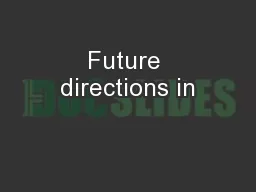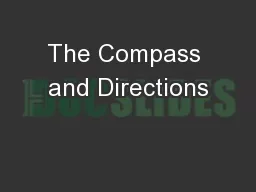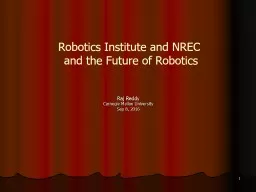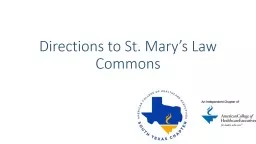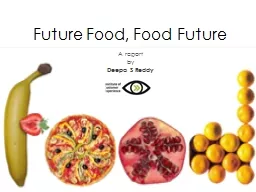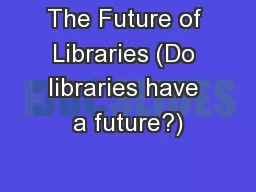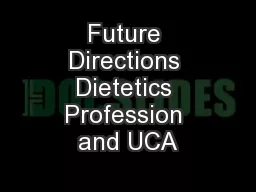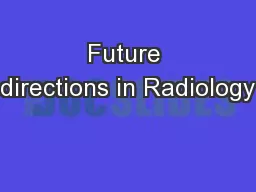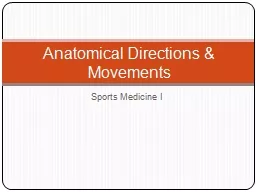PPT-Future directions in
Author : aaron | Published Date : 2017-05-12
computer science research John Hopcroft Department of Computer Science Cornell University Heidelberg Laureate Forum Sept 27 2013 Time of change The information age
Presentation Embed Code
Download Presentation
Download Presentation The PPT/PDF document "Future directions in" is the property of its rightful owner. Permission is granted to download and print the materials on this website for personal, non-commercial use only, and to display it on your personal computer provided you do not modify the materials and that you retain all copyright notices contained in the materials. By downloading content from our website, you accept the terms of this agreement.
Future directions in: Transcript
Download Rules Of Document
"Future directions in"The content belongs to its owner. You may download and print it for personal use, without modification, and keep all copyright notices. By downloading, you agree to these terms.
Related Documents

